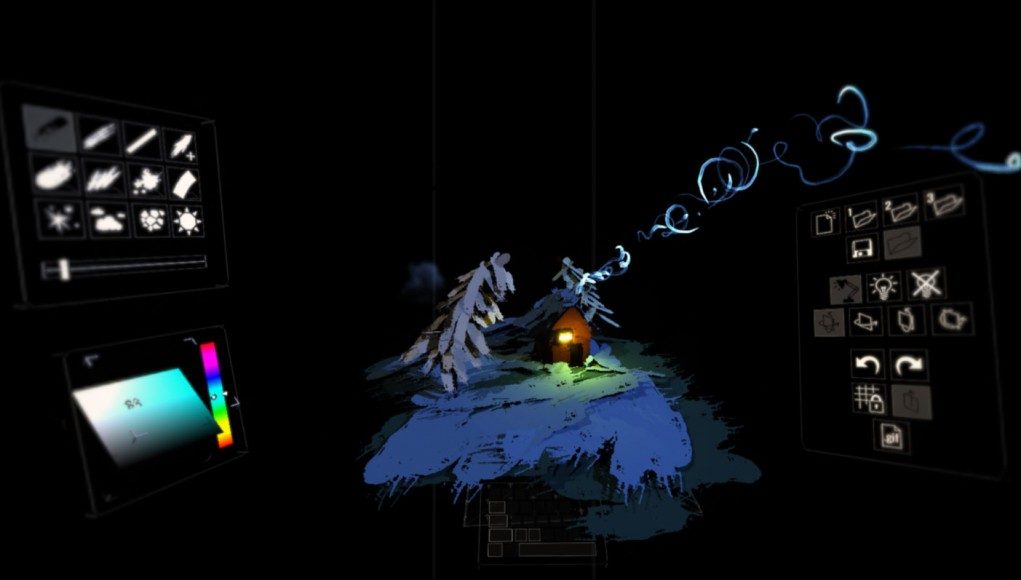Google has today announced that it’s acquired two VR companies to add to its growing internal virtual reality team: Skillman & Hackett, the studio behind Tilt Brush, and Thrive Audio.
Skillman & Hackett, winners of the ‘Best GUI’ at the 2014 Proto Awards, are responsible for the innovative Tilt Brush app which has seen incarnations on the Oculus Rift, HTC Vive / SteamVR, and—yes you guessed it—Google Cardboard.
See Also: ‘Tilt Brush’ Surprises and Delights with Best GUI at Proto Awards
Tilt Brush allows users to draw in VR using three dimensions, with paint, light, and textures. On desktop versions of the app, users can create scenes within the software. The Cardboard version of the app, Tilt Brush Gallery, allows Android users to play back the creation of those scenes in VR.
There’s no word on whether or not the studio will continue production on Tilt Brush post-acquisition, but it would be a shame to not see the HTC Vive / SteamVR version of Tilt Brush come to life, as it was one of the most impressive experiences to be demoed on the platform.
Google is also picking up Thrive Audio, a company born out of the School of Engineering in Dublin’s Trinity College, specializing in positional audio. Their site does a great job of succinctly explaining their audio tech, which is designed to create realistic surround sound for VR:
Thrive comprises of a set of C++ implemented core functions based on proprietary Digital Signal Processing (DSP) algorithms which perform the task of faithfully recreating an auditory environment at the listeners ears. The algorithms can roughly be divided among four key sections:
-
Encoding the incoming audio into a Thrive Soundfield format. This allows Thrive to localize an infinite number of sources with no loss of efficiency.
-
Processing the encoded sounds with sets of advanced dynamic audio filters which can account for all aspects of spatial hearing, from room reflections to anthropometrics.
-
Dynamic rotation of the complex soundfield around the listener while maintaining all room acoustic cues. This step is controlled by the user movement data collected from the VR headset.
-
Decoding of the Thrive Soundfield data into a pair of binaural spatial headphone channels. These are then fed to the users headphones just like conventional left right audio channels.
Thrive says they’ve filed two patents for their audio technology, alongside papers published in multiple peer reviewed journals.
Google hasn’t said specifically, but we’re expecting that they’re interested in integrating Thrive into the Cardboard SDK such that all developers will have access to high quality positional audio. Oculus pulled a similar move last year when it announced it would license RealSpace 3D Audio from VisiSonics.
Google is not expected to disclosed the monetary details of the acquisitions. The company continues to hire for their VR team through their official job website.







